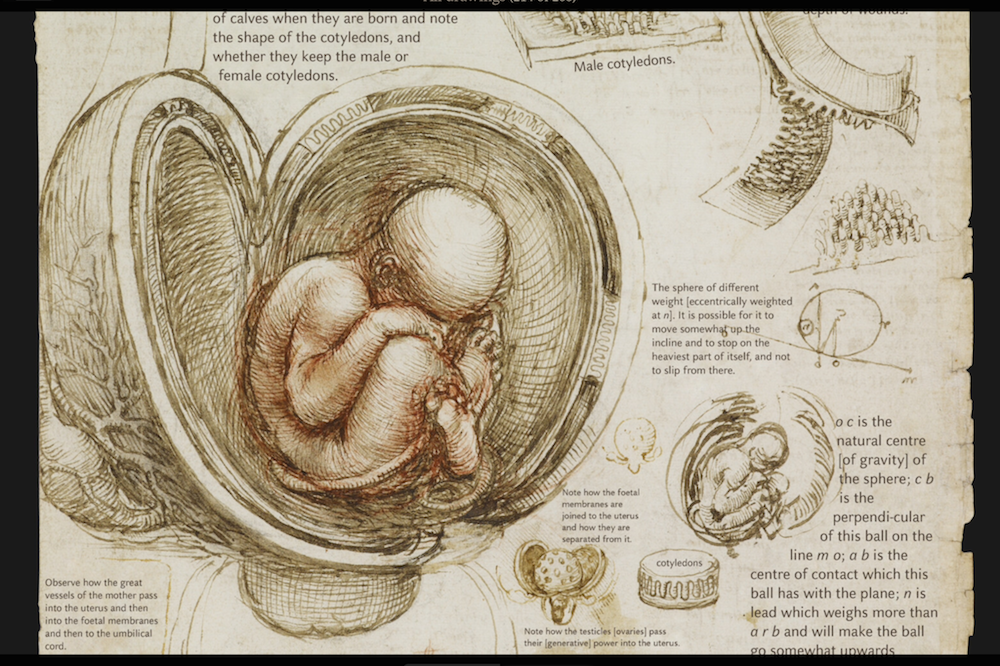According to a recent article in the New Republic magazine about the admissions process of Ivy League universities, a college like Yale now considers any applicant whose parents have no more than a high school education “a genuine hardship case.” I set down the tablet on which I read the article and marveled, “I’m a genuine hardship case?” Then, recalling a talk I watched a few months ago on Youtube, I thought that as an Italian-American I probably was not alone in this status.
Delivered at a 2011 Calandra Institute conference in New York by Donna Chirico, Professor of Psychology and Interim Dean for the School of Arts and Sciences at York College of the City University of New York, the talk pointed out that among European immigrants to the US, Italian-Americans remain near the bottom in terms of educational attainment. Freshly interested in getting more details, I contacted Professor Chirico, who kindly agreed to a Skype interview last week.
Among Americans who identify themselves as being of European descent, she told me, 53% of women and 54% of men have a bachelor’s degree or higher, according to the American Community Survey, done every two years as part of the larger ten-year census. Those of British or Scottish descent show the highest percentage of such achievement, at 57% for men.
The percentage of Italian-Americans, in contrast, is just 33% for men.
Granted, this 33% is greater than the national average of 25% of American citizens from all ethnicities who have at least a college degree, but it is surprisingly low, she noted, for an ethnic group whose economic standing is so high and well-established in this country.
Given this success, though, I asked, much of which has been achieved without college degrees, should Italian-Americans even worry about this statistic?
Yes, she said, because, first of all, a lot has changed in the last generation or two. The vocational tracks that still existed in the 1970s for careers as plumbers or electricians, for example, which could turn out to be quite lucrative, have mostly vanished. Even those relatively few well-paying jobs today that don’t officially require a college degree still, in fact, look for them. So that even a young person interested in law enforcement with no desire to become a detective, only a cop on a beat, is required to have a college degree.
Second, the low percentage of college degrees translates into an even lower percentage of advanced degrees—Masters, Doctorates—among Italian-Americans. Relative to their economic standing and numbers, Italian-Americans are severely under-represented among the ranks of professors. While Italian-Americans have tended to focus on the obviously important fields of medicine, law and accounting, there are many areas in which Italian-Americans have no input evenly vaguely proportionate to their demographics.
Humanities fields have traditionally been scorned as “impractical” by Italian-Americans, yet the culture we live in is, in no small part, produced by people in such fields. Activity in such fields translates into what is taught in US schools, what we read in newspapers and books, and what we see on television and in films.
Yet, as relevant as such a low figure may be, the causes aren’t easy to sort out.
Into the 1970s, Chirico recounted, the emphasis in Italian-American families was often not on getting a college degree but on getting a job as soon as one was able. In fact, Chirico’s own father felt so strongly about this that he refused to contribute to his daughter’s college education, much less to her graduate degrees. But that, too, has changed, she says, and these days even Italian-American parents who don’t themselves have college degrees are much more likely to make it a priority for their kids to obtain them.
Moreover, as mentioned before, though Italian-American educational attainment may have lagged behind other ethnic groups, their economic achievement has not. So it is not a matter of persistent poverty, as it may be for other groups, such as poor rural whites.
One factor that may persist, however, as the educator Leonard Cavello first wrote of in the 1960s, is the Italian-American tendency to distrust any institutions of the official state. One example of what this might mean in practical terms these days is seen in the number of Italian-American parents Chirico has encountered who will struggle to afford the $35,000-a-year tuition of a minor Catholic college unknown outside of Brooklyn rather than send their child to one of the much less expensive first-rate programs available from City University of New York.
The distrust of the official State is, of course, as many writers have noted, a persistent tendency in Italy itself, where corruption is rife. But in America this inclination among Italian-Americans has been extended, I think, over the last 35 years by politicians devoted to a distinctly American myth that ALL government institutions are inherently and inevitably bad, even as some of the most economically-destabilizing instances of criminality (Enron, the 2008 economic collapse, to cite just two examples) have been cooked up in the private sector.
Another factor that may persist among Italian-Americans more than among many other well-established European ethnic groups is a certain insularity. Italian-Americans still tend to be slightly more inclined than other such groups to value the idea that their child will marry another Italian-American. A certain Us/Them perspective, perfectly appropriate to the harsh environments in which the immigrant generation often found itself, has tended to persist even in the comfortable circumstances to which later generations have ascended. The more such a sense persists, the less appealing or comfortable or “natural” the thought of setting off into the broader context of college may seem.
Of course insularity is among the chief characteristics attributed to one of the most successful of “new” American immigrant groups: the Chinese. Since 1968, when immigration restraints were lifted, Chirico says, the rate of Asian educational attainment has been remarkable. She notes, for example, that when one visits the test centers in New York City where applicants to the city’s most prestigious public high schools must take their qualifying exams, the percentage of Chinese kids in the room appears to be something like 90%. Though Chinese-Americans, of course, make up nothing like 90% of all NYC 8th graders.
That is, in spite of Chinese-Americans’ own distrust of institutions of the state, in spite of the absence of parental college degrees and even English-language skills, in spite of economic limitations, the tight-knit Chinese-American community of New York, she says, directs the children of recent immigrants into the proper institutional channels, guides them through the proper procedures toward higher degrees which the community value as the means of getting ahead in this country.
In other words, this is an instance in which the cohesion within this markedly insular group actually leads to a greater degree of functionality in the broader American educational system, instead of the thwarted alienation one might expect.
Of course, as Chirico reminded me, Italian-Americans no longer have anything like this degree of insularity—composed of language and place and customs—nor of cohesion. On the contrary, set free from ethnic enclaves and “Little Italies” by upward mobility, the insularity that persists among some of us Italian-Americans may no longer serve us well in the absence of our ancestors’ sometimes hardscrabble cohesiveness, in the broader breezier more open and isolated neighborhoods most of us now find ourselves in.
Indeed, if insularity doesn’t benefit us when it comes to educational attainment, it also no longer serves us, Chirico suggested, when it comes to Italian-American identity. It has been quite some time since most Italian-Americans were born into anything like the encompassing sense of ethnic culture that, say, a Chinese-American may still be born into in the heart of San Francisco’s Chinatown. If our sense of Italian-American identity we have and share with each other is to go beyond the broadest (and often slighting) clichés or picture postcard sentiment, most of us will have to make a concerted effort to go deeper.
We’ll have to engage—on our own time, if not in college programs—in the kinds of intellectual discipline required to learn a foreign language, study history and politics, and read literature. In all those “humanities” types of activities that Italian-Americans have often tended to dismiss as unprofitable and without practical value. (The very reasons my own father gave for not teaching any of his five children his and our mother’s native tongue.) Otherwise the lack of interest (at best) many of us have in such activities may amount to nothing less than a stifling lack of respect for our own culture.
For as Italian-Americans we know better than to go to a big bland nation-wide “Italian” restaurant chain for a real Italian meal. But when it comes to what we know about Italian-American and Italian history there’s the very real risk as we move further away from our immigrant past that we’ll settle for the intellectual equivalents of such a restaurant’s dishes: fast, easy, inauthentic, tasteless and only minimally nutritious.
































